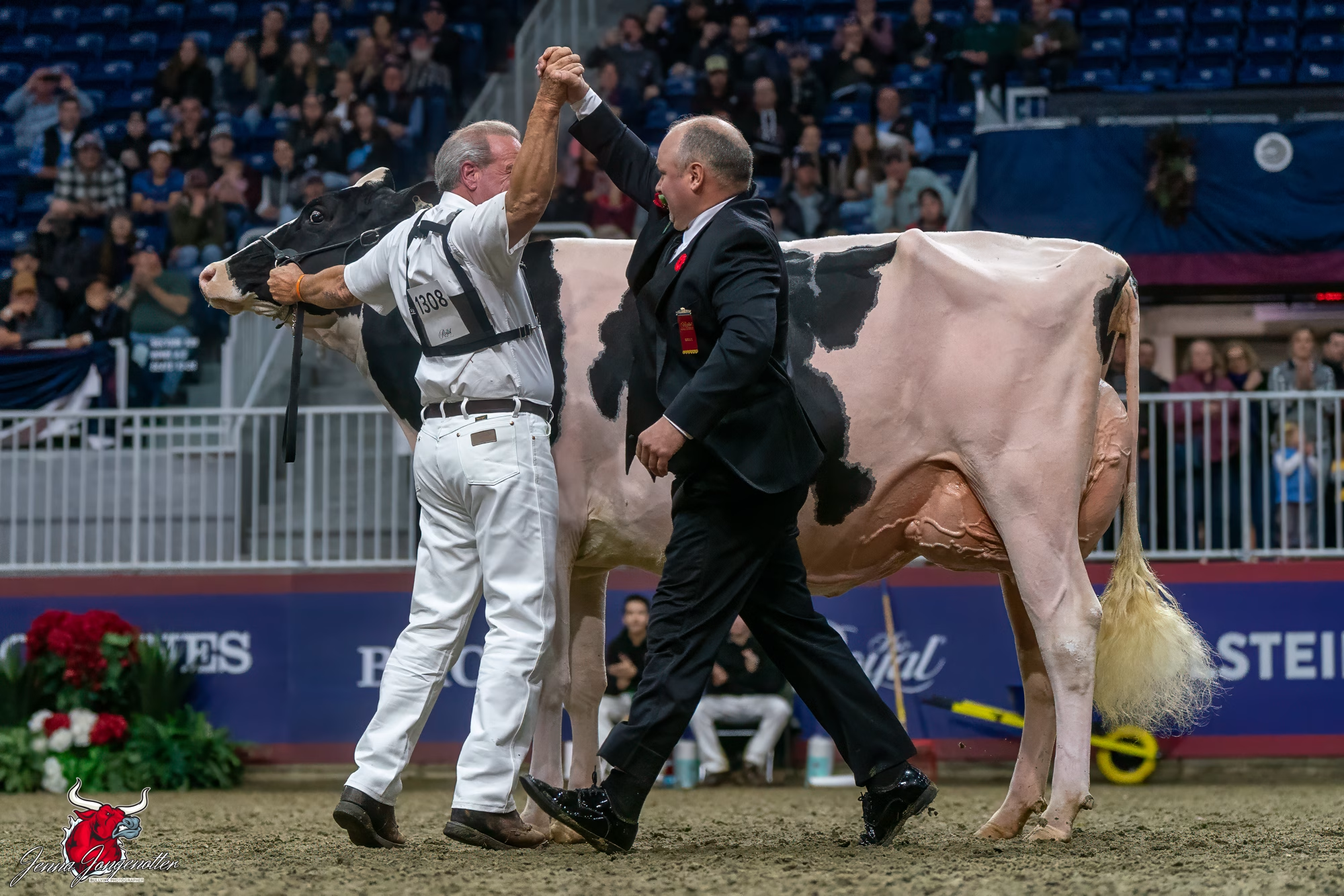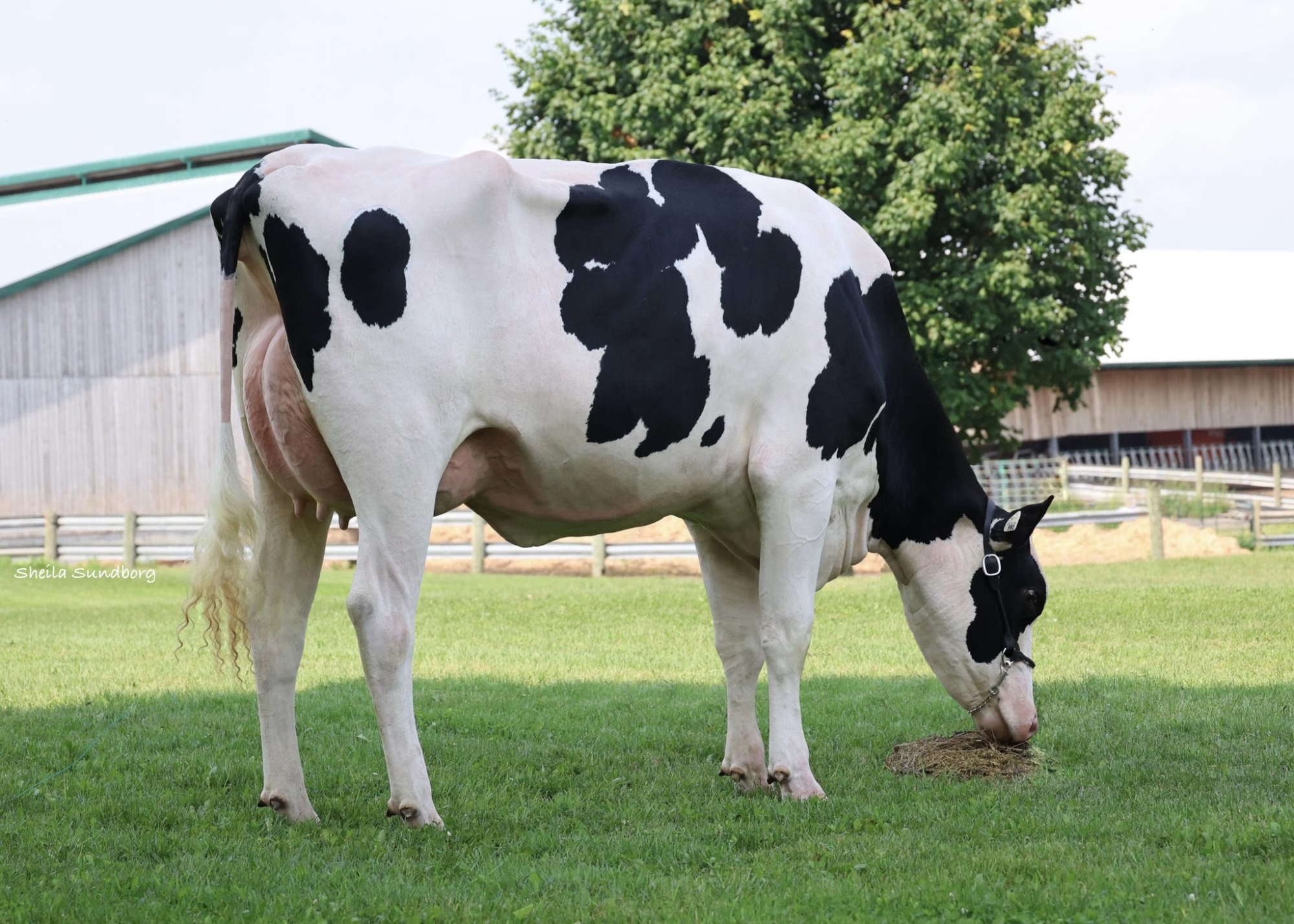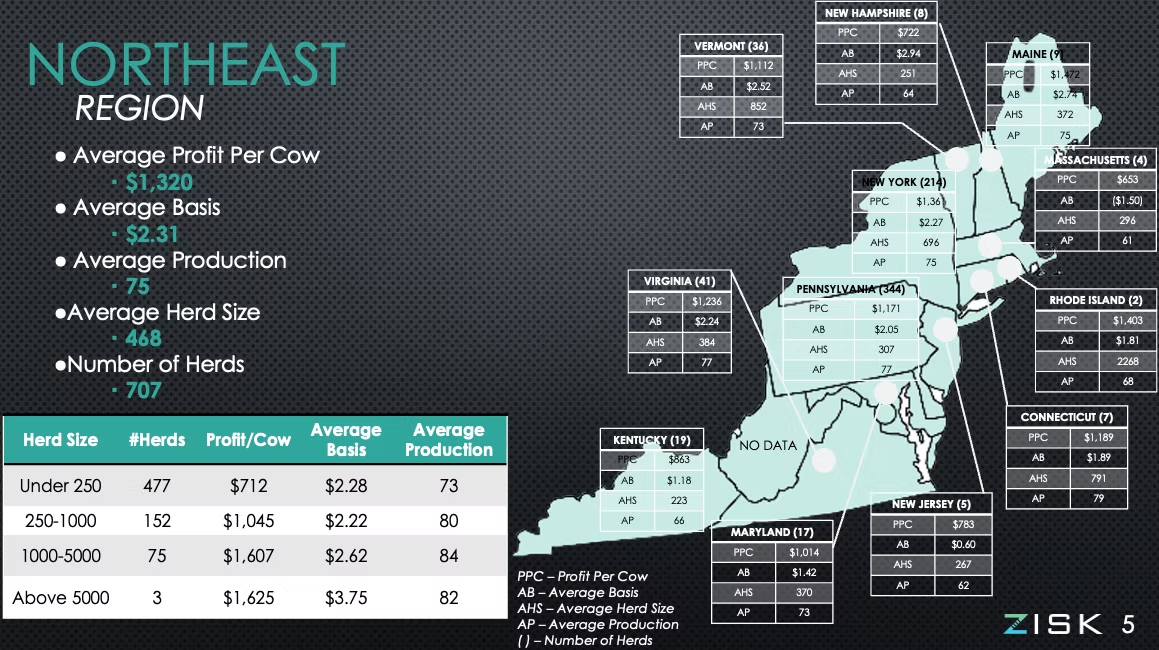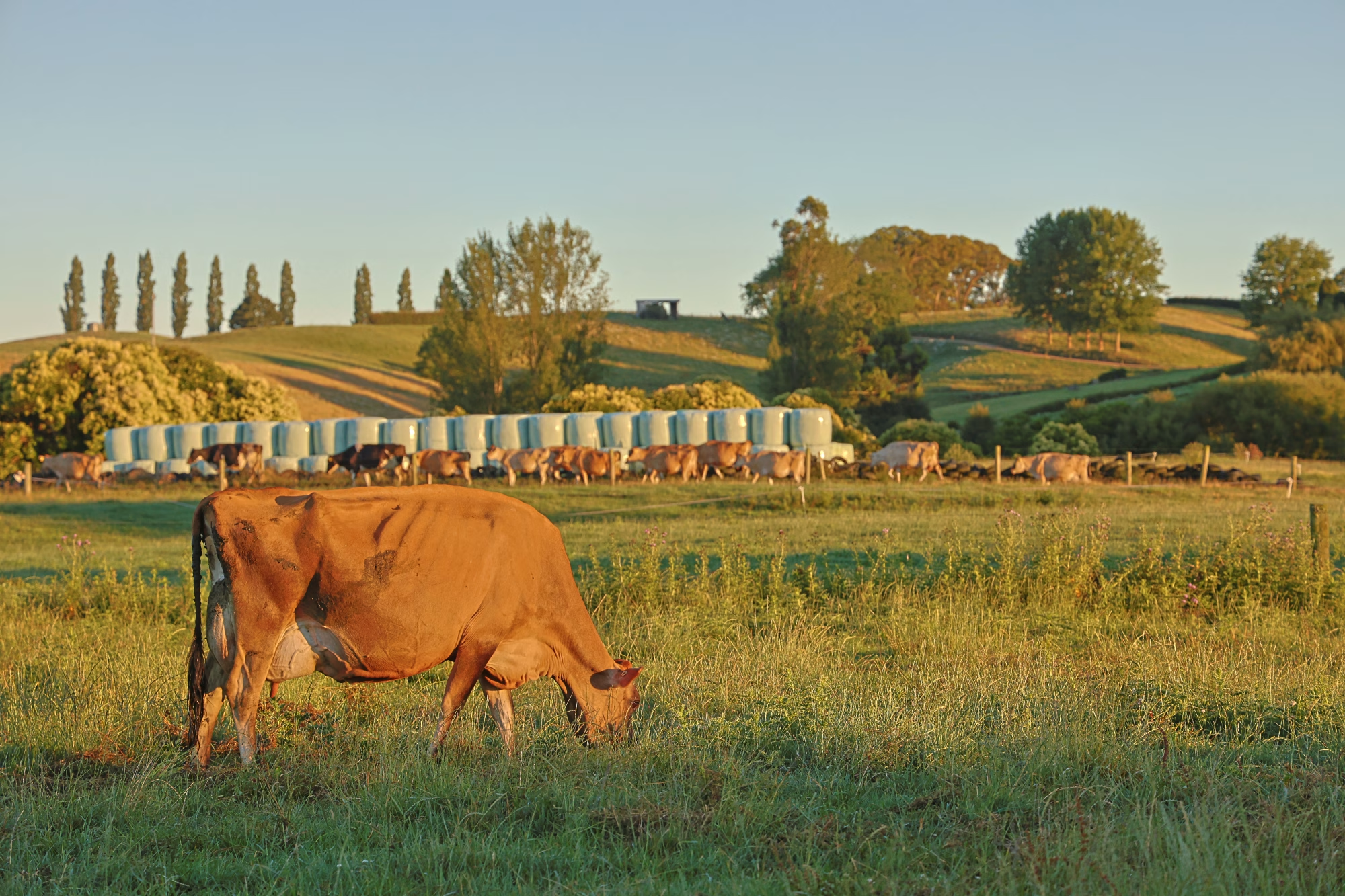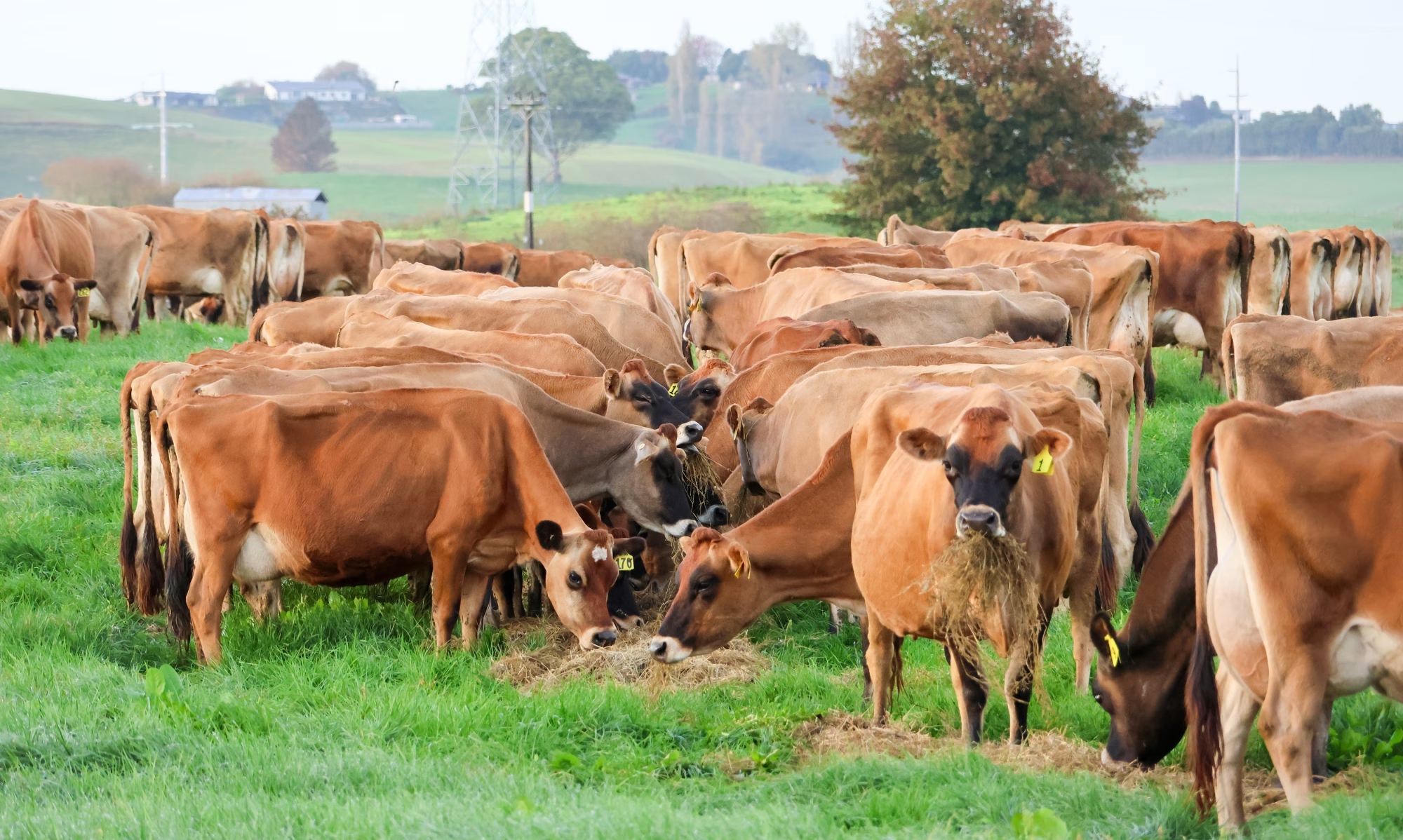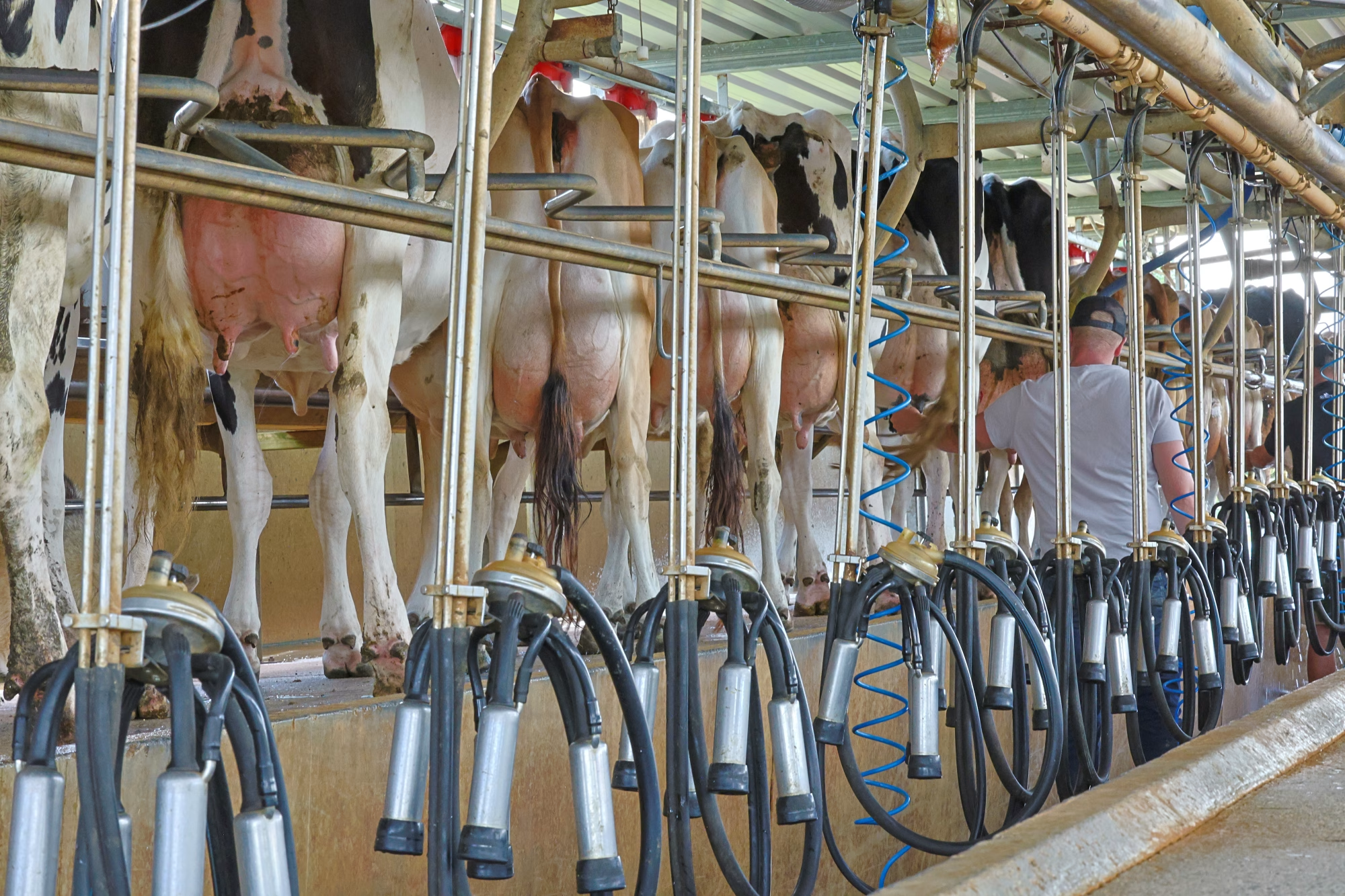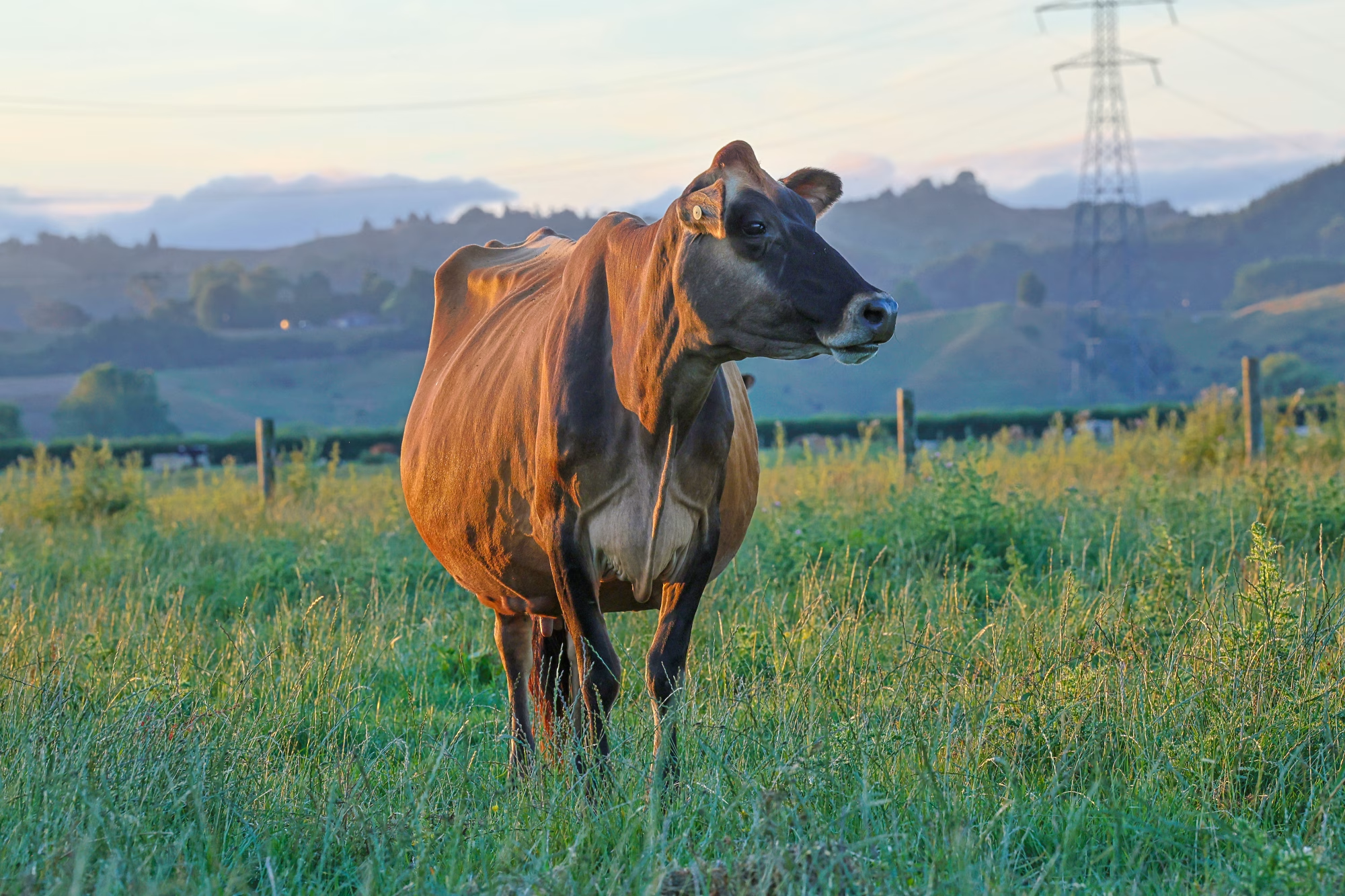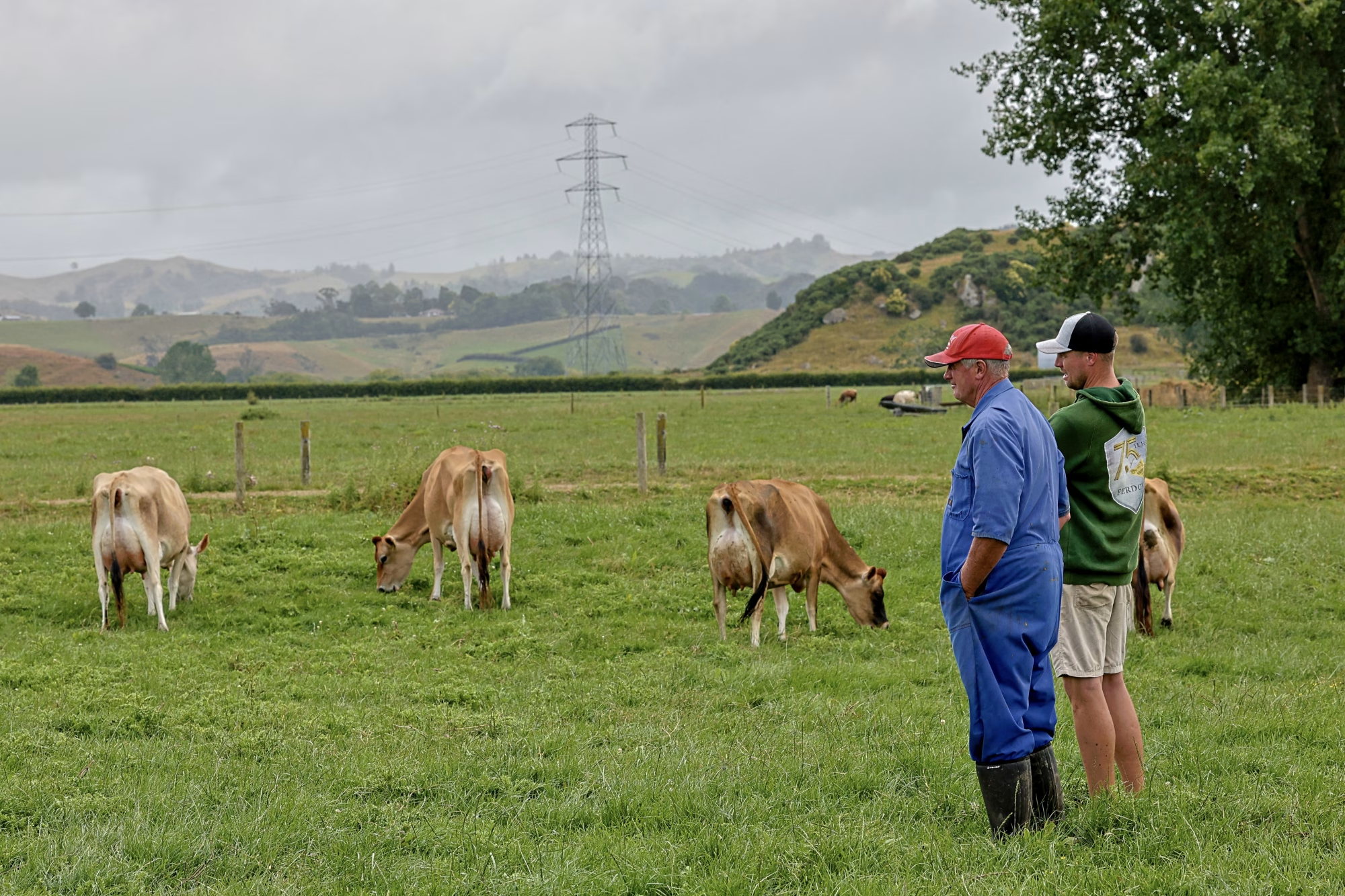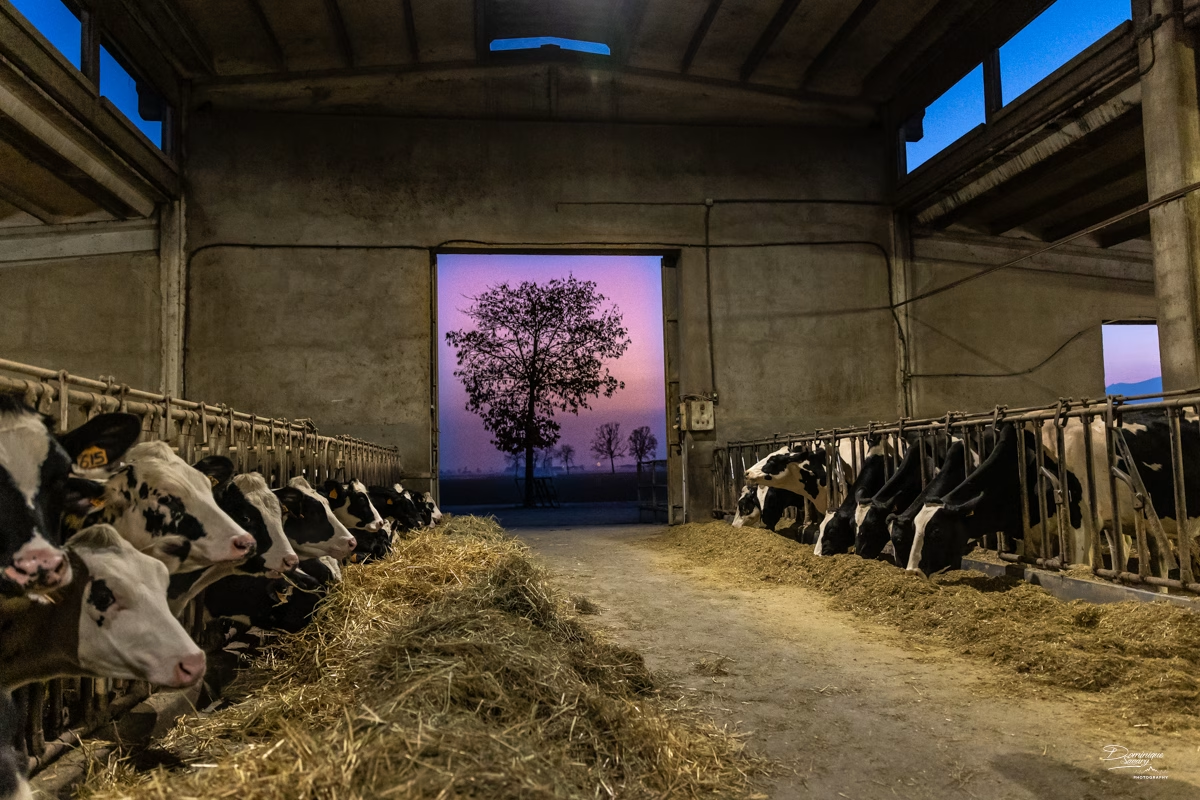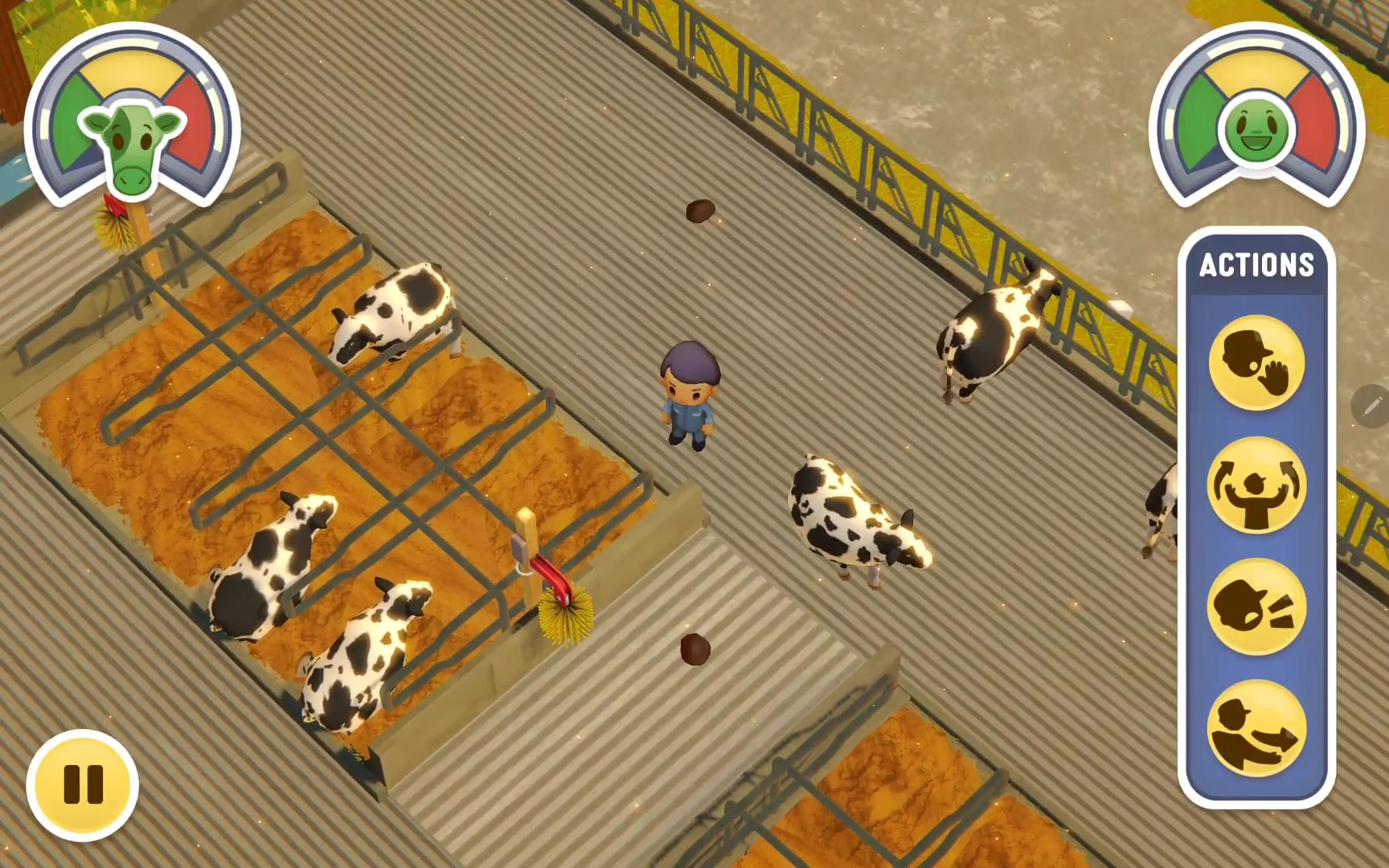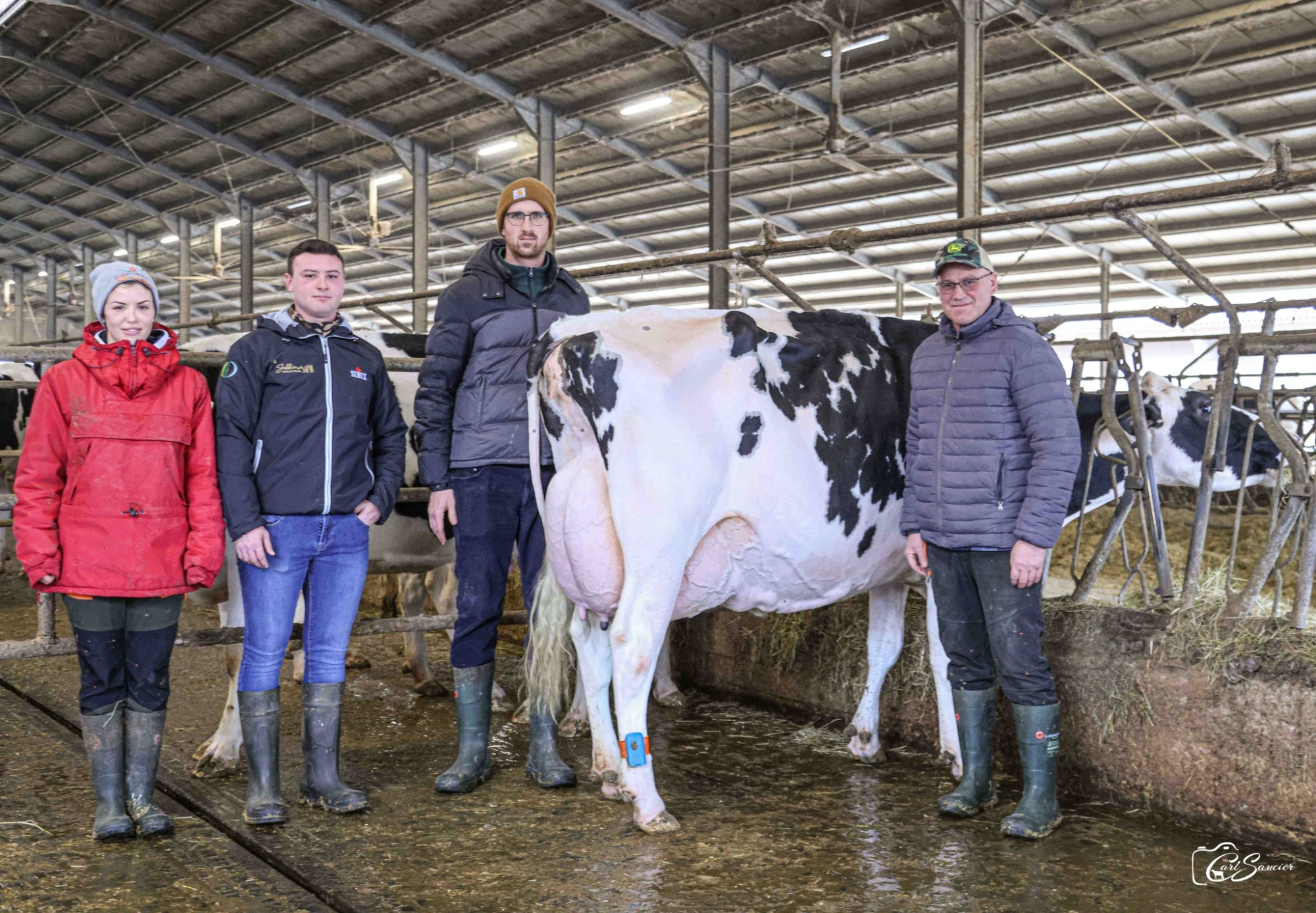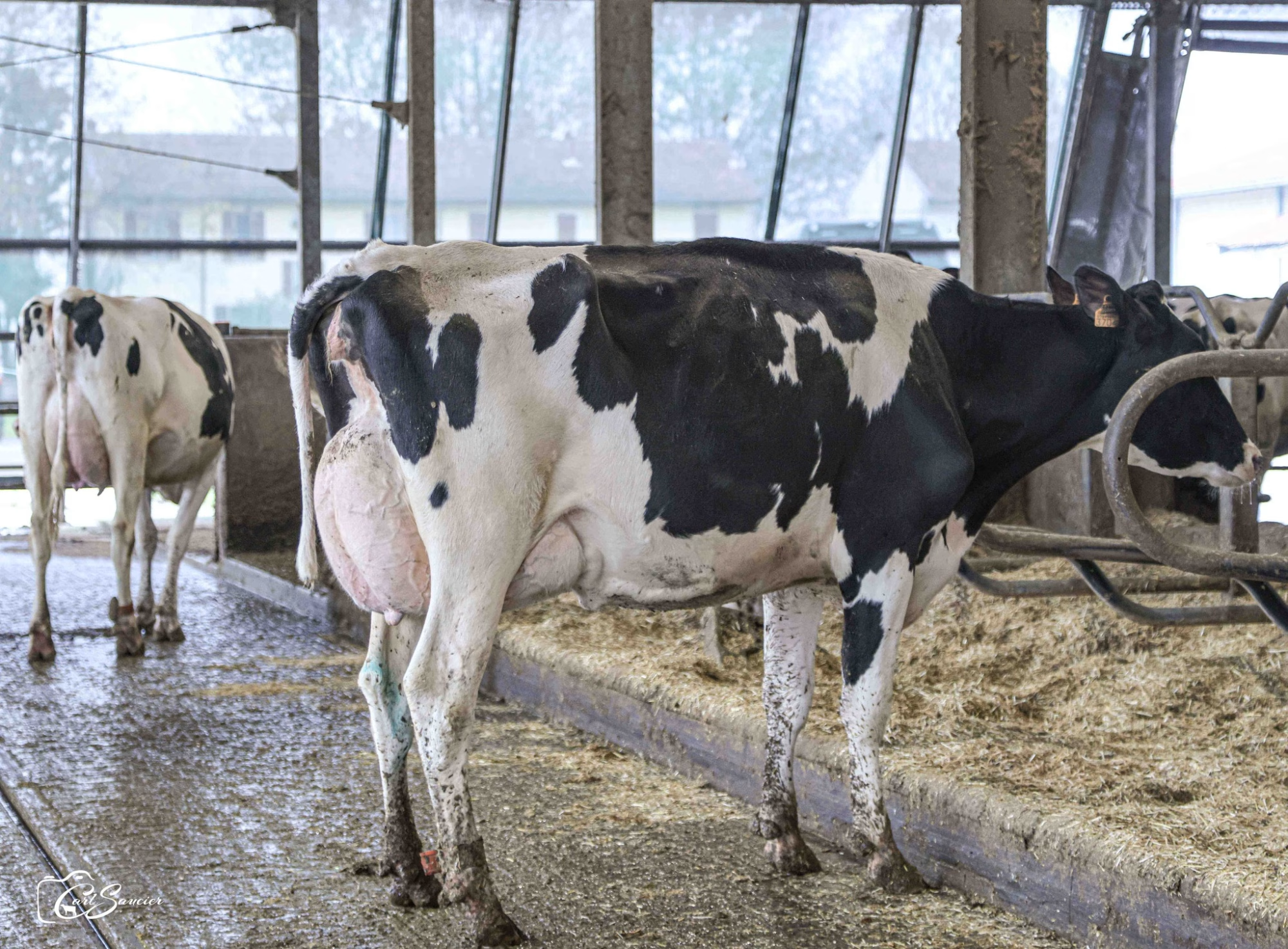See how robots are changing family dairy farms. Can machines help farms last and bring in young farmers? Find out what the future holds.
Amidst the quiet fields of Wisconsin, the Bauer family has been dairy farming with their herd of Holsteins for many years. However, the future looks challenging with fewer workers available and rising costs. Their situation is similar to many others. In this shrinking landscape, robotics offers a glimmer of hope, providing a way to survive and thrive. For families like the Bauers, using technology is essential to keep their tradition alive while facing today’s challenges.
| Year | Number of Family Dairy Farms | Percentage Decline | Primary Factors |
|---|---|---|---|
| 1970 | 640,000 | – | – |
| 1985 | 300,000 | 53.1% | Industrialization, Milk Quotas |
| 2000 | 107,000 | 64.3% | Global Market Pressures |
| 2010 | 51,000 | 52.3% | Regulations, Economic Downturn |
| 2023 | 40,000 | 21.6% | Labor Shortages, Rising Costs |
Navigating the Storm
The dairy industry today faces a significant challenge. Labor shortages make it difficult for farms to work well, and many family-owned dairy farms struggle to find enough skilled workers. Unpredictable milk prices change frequently, making it challenging for farms to keep going. This financial uncertainty is a real problem for many family farms.
Another issue is that production costs are rising. This includes the cost of feed, maintenance, and following environmental regulations. All these added expenses cut into the farms’ profits, and some are close to shutting down. Family dairy farms have been vital to rural communities, representing a tradition of working with the land and animals. They’ve supported families for generations, creating bonds with their surroundings. But now, these farms are under more pressure than ever before.
While introducing new technology requires investment and change, it also offers significant benefits. Technology can help achieve environmental goals more effectively, which incur costs and affect farm management strategies. These issues underscore the urgent need for substantial changes in the industry’s operations. As the dairy sector grapples with these challenging times, adopting new technologies like robotics could be the key to survival. This could help family farms preserve their traditions, meet modern needs, and thrive in the future.
Facing Reality: The Trials of Family Dairy Farms
Despite these significant challenges, family dairy farms, once the backbone of rural life, remain firm. They face complex issues, particularly in finding and retaining skilled workers. Farmers are overworked, and fewer workers impact their efficiency and quality. Many have increased their herds to stay profitable, which adds to their problems. Larger herds mean more work and strain, leading to tired farmers and worse animal care. However, their resilience and determination to adapt to the changing landscape of dairy farming are truly inspiring. It’s this resilience that gives hope for the future of dairy farming.
In addition, farms must follow stricter environmental rules regarding waste and pollution. They must also examine their eco-footprint and adopt practices that meet today’s environmental standards, which adds more financial and logistical pressures.
There is an urgent need to find new solutions. Technology, especially robotics, offers a way forward. It can smooth operations and lessen dependence on human labor. With these innovations, family dairy farms can survive the storm, keeping their legacy alive while adapting to a new world.
The Arrival of Automation: Revolutionizing Dairy Farming
Introducing automatic milking systems is changing how dairy farming works, bringing new technology to traditional practices. As old methods struggle with current challenges, automation gives hope to family dairy farms. These systems have robotic arms with sensors that clean and attach milking cups to cow udders. When a cow enters the milking station, sensors decide the best time to start milking, reducing stress and improving yield. Intelligent software oversees the process, giving each cow special attention based on health and past data.
A significant benefit is that robots can work nonstop, unlike humans. This allows cows to be milked multiple times daily based on their natural needs, increasing milk production and improving animal welfare. Cows choose when to be milked, reducing anxiety and enhancing herd well-being.
Automatic milking systems offer more than just efficiency. They blend data-driven decisions with animal care, creating a better workflow that helps both farmers and cows. This mix of technology and tradition opens up possibilities for ongoing success in dairy farming.
Benefits of Automation in Dairy Farming
Robotic milking systems and automation are becoming key tools in modern dairy farming. They help family farms face tough times by using technology to improve and make work easier. These systems change how dairy farms operate, making them more efficient and sustainable.
- One significant advantage of robotic systems is that they work 24/7, providing constant milk production. This nonstop work boosts efficiency and helps farms produce more milk without relying on human labor. It also reduces labor costs, freeing farmers to focus on other essential farm tasks. The results are precise: farms using robotic milking systems see a 5-10% boost in milk production [source]. Over time, the increased productivity and reduced labor costs can offset the initial investment in these systems, making them a sound economic choice for dairy farms.
- Robotic milking is also better for cow welfare. Cows can choose when they want to be milked, lowering stress compared to regular milking schedules. This freedom makes cows healthier and can increase milk yields. Moreover, these systems are designed to be environmentally friendly, with sensors that collect data about milk quality and cow health. These sensors give valuable insights into farm performance and reduce the farm’s ecological footprint.
- Technologies like the Lely Astronaut and DeLaval VMS are leading the way. The Lely Astronaut focuses on each cow’s needs by feeding them the right amount. DeLaval’s VMS stresses flexibility and productivity, letting farms tailor settings to their needs. These tools show the future of dairy farming, mixing function with the latest research for modern needs.
In this era of technology, adopting robotic systems is crucial for family dairy farms to continue to thrive. Technology’s potential to rejuvenate the industry and attract a new generation of farmers makes us optimistic about its future. With the right tools and strategies, the dairy farming industry can survive and thrive in the face of modern challenges.
Challenges and Considerations
Switching to robotic milking systems comes with its own set of challenges. First, the start-up costs are high. A single milking robot costs between $150,000 and $200,000, which can be a significant expense for family farms. Learning to use this new technology also takes time and effort. Farmers who are used to traditional methods must learn about robotics and how to use data, which requires training and patience.
Farms might also need to change layouts to accommodate the new robotic systems. Many barns built for older methods aren’t ready for robots, which means extra costs and planning during the switch. Another critical issue is keeping the robots running smoothly. Regular maintenance and the chance of breakdowns can interrupt daily farm activities, making good technical support crucial.
Adding robotic systems requires farmers to change how they manage their operations. They must learn new skills to handle these advanced machines, including training to run and fix the robots safely and efficiently.
Learning to use robotic technology can also be challenging at first. Farmers need to watch how cows behave to ensure they are getting used to the new systems. Having someone ready to fix problems quickly is essential so there is as little downtime as possible.
Robotics are expected to remain a key part of dairy farming, so farmers must keep learning about the latest advancements. Over time, many farmers have found that robotics improves technology, makes labor more efficient, boosts animal health, and helps improve the quality of life for the farm family and workers.
Unlocking Financial Benefits: ROI of Robotic Milking Systems
The return on investment (ROI) for robotic milking systems (RMS) in the United States can benefit many dairy farms. Here’s a simple look at the factors affecting ROI:
Initial Investment and Costs
Upfront costs for RMS are high:
- Each robot costs $150,000 to $200,000 and can handle 50-70 cows.
- A new facility with four robots (240-280 cows) can cost $2.2-$2.4 million, including building and robots.
Extra costs include:
- Repair and maintenance, usually $7,000-$15,000 per robot yearly.
- Possibly higher insurance and energy bills.
Labor Savings
RMS can save on labor:
- Savings can be 75 cents to $1 per hundred pounds of milk.
- Studies show labor savings of up to 29%.
- Annual labor cost savings may reach $44,030 for a typical farm.
Milk Production and Quality
RMS can boost milk production and quality:
- Milk yields can rise by 5-10% after switching to RMS.
- Some farms see increases from 7,000 to 9,000 liters per cow annually.
- Better milk quality can fetch higher prices.
Cow Health and Longevity
RMS can improve cow health and lifespan:
- Less lameness and healthier teats.
- Cows might have longer productive lives.
Payback Period and ROI Calculation
The payback time for RMS can differ:
- Some estimates say a 7-year payback time.
- ROI may be better for farms milking twice a day instead of three times.
To figure out ROI, consider:
- Higher milk production
- Labor savings
- Changes in running costs
- Better cow health and lifespan
Factors Affecting ROI
Things that can impact the ROI of RMS:
- Size of the herd and farm management
- Current labor costs and availability
- Milk prices
- Loan terms and interest rates
- Lifespan of the equipment (usually 10-13 years)
Although the initial investment in RMS is high, many U.S. dairy farms find the long-term benefits worth it. ROI can be handsome for farms with labor shortages or those wanting to improve cow welfare and milk production efficiency. However, each farm’s situation differs, so a detailed financial analysis is essential before investing.
Case Studies: Successful Implementations
Despite these challenges, many farms have successfully added robotic milking systems, showing how technology can transform dairy farming:
- Hinchley Dairy Farm, U.S.: Tina Hinchley faced labor shortages and high costs at her family farm. They installed Lely robots for tasks like milking and feeding. This brought a significant 10% boost in milk production. Cows now choose when to be milked, which helps their health. The farm became more efficient, tackling big financial and labor problems.
- Elliot Family Farm, U.S.: This family farm in the U.S. uses 20 DeLaval milking robots, which cut work costs and increase milk production by 10%. These robots help keep cows healthy and milked regularly. The farm also reduces waste, using resources wisely to meet eco-friendly demands.
- The Casey Family Farm, Co Ireland: The Casey Family Farm used GEA’s robotic milking systems to reduce labor needs by 25%. This change saved money and improved cow health, which was threatened by a lack of help. Automation allowed the farm to focus more on managing the farm, overcoming the labor crisis, and achieving farming excellence.
The Crossroads: Traditional vs. Robotic Milking Systems
| Traditional Milking Systems | Robotic Milking Systems | |
|---|---|---|
| Labor Intensity | Requires significant manual labor | Minimal manual intervention is needed |
| Operational Costs | Lower initial cost, higher labor costs over time | Higher initial investment, lower labor costs |
| Milking Frequency | Fixed schedule, typically twice a day | Flexible, as cows can choose timing |
| Animal Welfare | Dependent on human management | Enhanced through more natural milking routines |
| Data Collection | Limited manual data recording | Automated real-time data analytics |
Every dairy farm has a big choice: traditional or robotic milking systems. This choice affects daily work and the farm’s future success. Traditional milking needs much human help and fixed schedules, which can stress cows and affect their health (source). Robotic systems, on the other hand, let cows be milked when they want, improving their health and reducing stress.
- Labor Efficiency: Traditional milking requires many workers, but robotic systems reduce the need for manual work.
- Cow Welfare: Traditional systems make cows follow a fixed schedule, while robotic systems allow them to milk whenever they like, reducing stress.
- Data Use: Traditional milking gives limited information, but robotic systems use sensors to provide real-time data about cow health and milk quality.
- Initial Cost: Robotic systems are expensive, which can be challenging for small farms. Traditional systems cost less upfront.
These differences show how robotics can change dairy farming. Robotic systems can increase efficiency and sustainability for those ready to try something new. However, switching to these systems requires careful consideration of costs and changes in farm operations.
Future Outlook for Robotic Dairy Farming
When we consider the future of dairy farming, combining robotics and artificial intelligence promises significant changes. This isn’t just about new technology; it’s about changing old ways. Francisco Rodriguez, an expert in robotic milking, says, “We’ve seen great improvements in herd health and productivity, along with easier management due to detailed analytics.” His thoughts show how valid real-time data can be.
New ideas are coming that will change dairy farming, such as:
- AI-Driven Health Monitoring: These systems change how farmers manage herd health. By constantly monitoring the herd’s health, they spot problems early so farmers can act quickly. This helps prevent diseases from spreading and keeps animals healthy. Healthier cows produce better milk, making these systems beneficial for animal welfare and farm productivity.
- Predictive Maintenance for Robots: AI helps farmers predict when robotic equipment might break down. This allows them to fix problems before they occur, reducing stoppages and making machines last longer. This means the farm runs smoothly, and milking happens without disruptions.
- Precision Agriculture Integration: AI and precision farming work together to use resources like water and feed more efficiently. This targeted use cuts waste, increases sustainability, improves farm profits, and reduces environmental impact. As these techniques grow, farms will benefit more.
These advancements allow family farms to stay financially strong and show they care for their animals and the environment. With every new idea, the future of dairy farming gets brighter, ready to face the modern agricultural world.
The Bottom Line
Adopting robotic milking systems is a significant change for family dairy farms. The challenges might seem harsh, but the benefits—better efficiency, improved cow health, and a better work-life balance for farmers—are enormous. In today’s dairy world, these technologies are crucial for farms that want to succeed. Robotic systems for family farms like the Bauers keep traditions alive while meeting modern needs. By carefully looking at costs and planning, dairy farmers can lead this tech revolution, ensuring a promising and prosperous future for the next generations. Embracing this new tech is not just an option; it’s crucial for securing the future of dairy farming.
Key Takeaways:
- Family dairy farms face increasing challenges like labor shortages and rising production costs.
- Robotic milking systems offer 24/7 operation, increased efficiency, and significant labor savings.
- Automation increases milk production and enhances cow welfare and work-life balance for farmers.
- High initial investment and necessary technical skills are barriers to adopting robotic systems.
- Successful case studies highlight the transformative potential of automation in dairy farming.
- Future AI and machine learning advancements will further optimize dairy farming operations.
- Embracing robotics is crucial for family dairy farms’ future sustainability and profitability.
Summary:
This article explores how robotic milking systems are changing family dairy farms, which face problems like labor shortages, high costs, and the need for more sustainable practices. Using automation, these farms can work more efficiently, take better care of animals, and appeal to younger people, helping them stay profitable. The article discusses the benefits of robotics, such as increased milk production, improved work-life balance, and better sustainability. It also shares successful examples of farms using this technology while noting challenges like high costs and the need for training. Embracing robotics is essential for family dairy farms to succeed amid today’s agricultural challenges.
Learn more:
- Embracing the Future: The Latest Innovations in Dairy Technology and their Impact on the Industry
- The Power of AI: Revolutionizing Dairy Industry with Smart Cows and Farms
- Dairy Farming 2.0: Harnessing AI for Efficiency, Health, and Future Sustainability
 Join the Revolution!
Join the Revolution!
Bullvine Daily is your essential e-zine for staying ahead in the dairy industry. With over 30,000 subscribers, we bring you the week’s top news, helping you manage tasks efficiently. Stay informed about milk production, tech adoption, and more, so you can concentrate on your dairy operations.







 Join the Revolution!
Join the Revolution!


